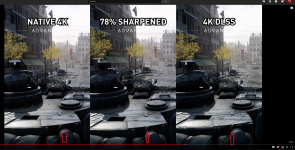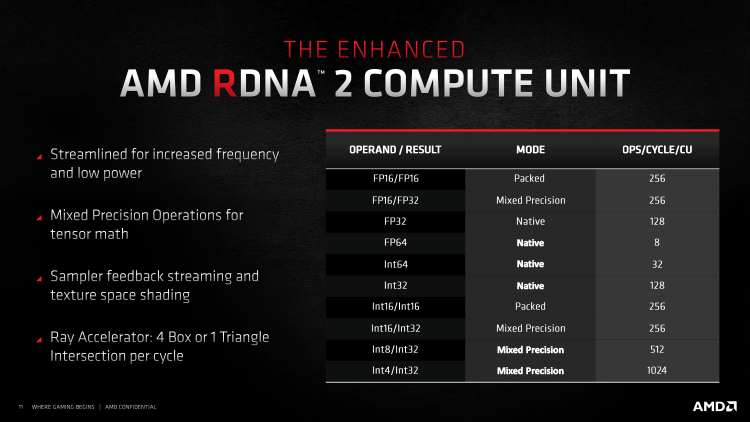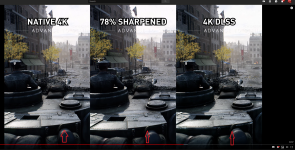Everything about real-time graphics is about clever tricks to get the most out of whatever hardware is available. As long as it's not humanly detectable, it's a legitimate performance-enhancing technique, which leaves more resources available for faster framerates and improved graphics.
Otherwise you might as well complain about techniques like polygon culling. Sure, there's no need to draw the polygons you can't see, but surely it's a compromise that goes against the highest computing and gaming experiences? In fact, not wasting computing cycles on things you don't need, or that a person can't detect is exactly all about freeing up resources to make the gaming experience better in the form of higher performance or improved graphical fidelity where it matters the most.
DLSS-type upscaling is one of a long line of compromises (an optional one at that), but one that is worth making for the overall benefit of the experience, and the really clever compromises are invisible to the player. If you didn't have technologies like this, you'd be forced to perform other compromises such as lowering resolution, graphical fidelity or accepting lower framerates in order to get a playable performance, and those are much more detectable compromises.
High quality upscaling is just another optional tool in the game player's arsenal to get the highest experience out of the hardware available. It's a pretty good tool that has a big impact, and has progressed to being undetectable by people, so it's no wonder it's being pushed as a good thing. In lieu of several magnitudes more processing power in your GPU (which developers will always seek to use up anyway), it's a good optimising technique that shortcuts us to getting better results than the hardware can otherwise provide.





